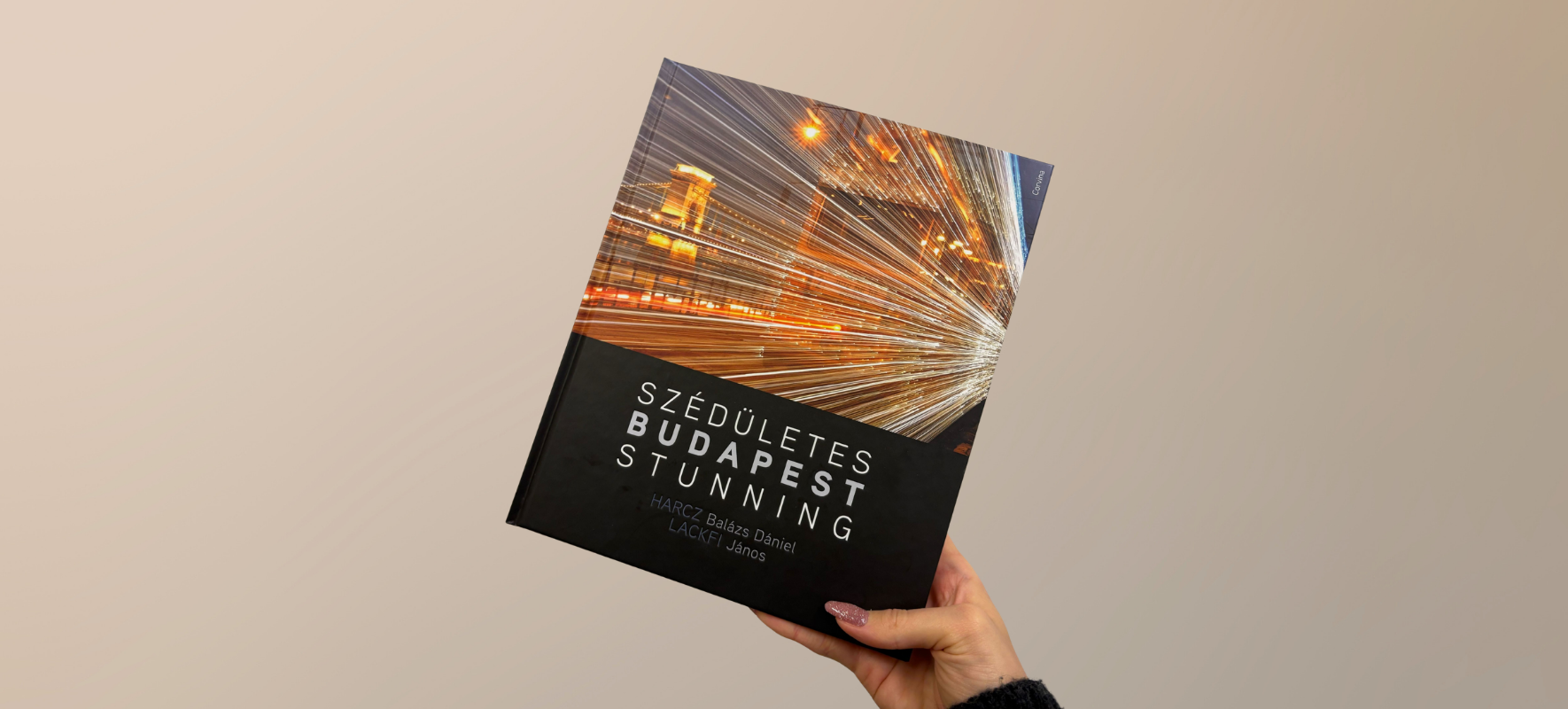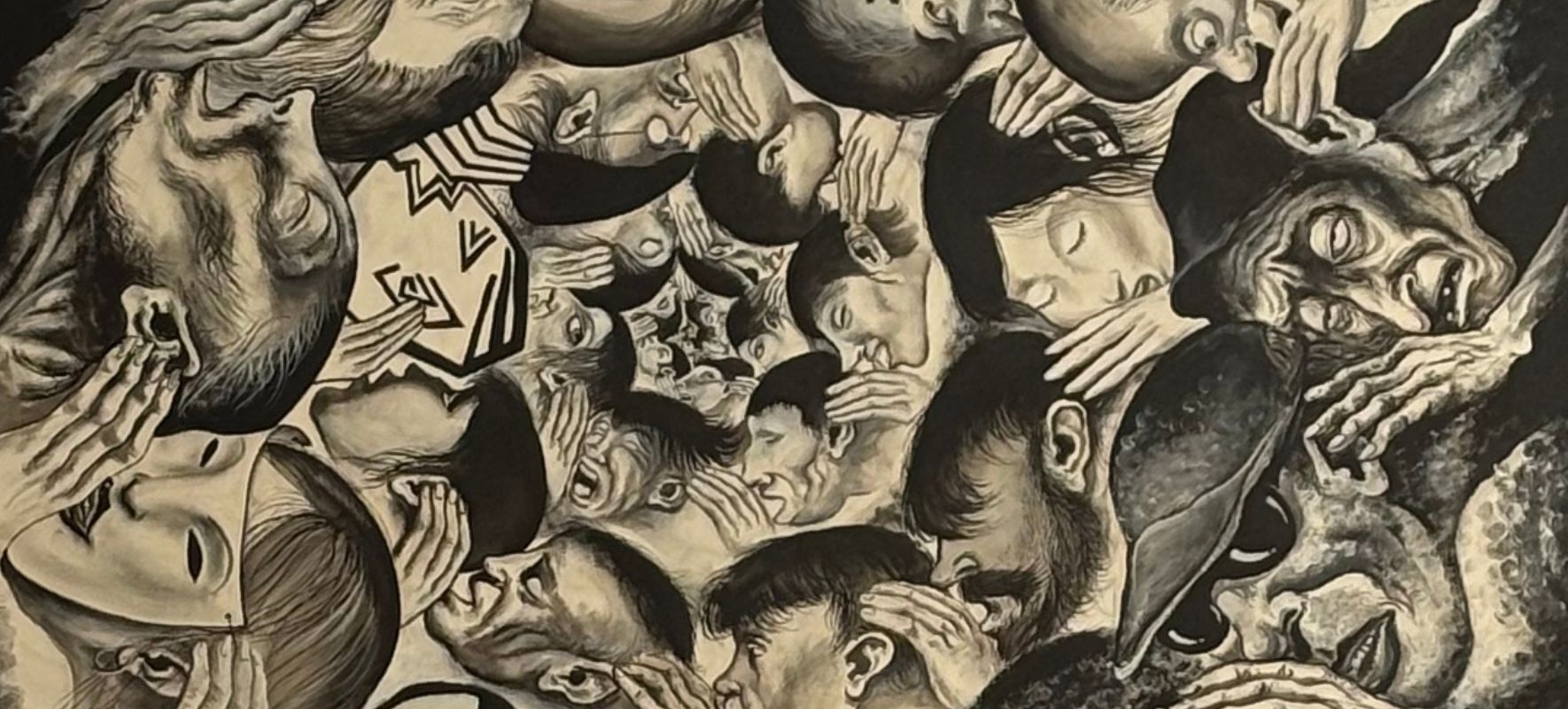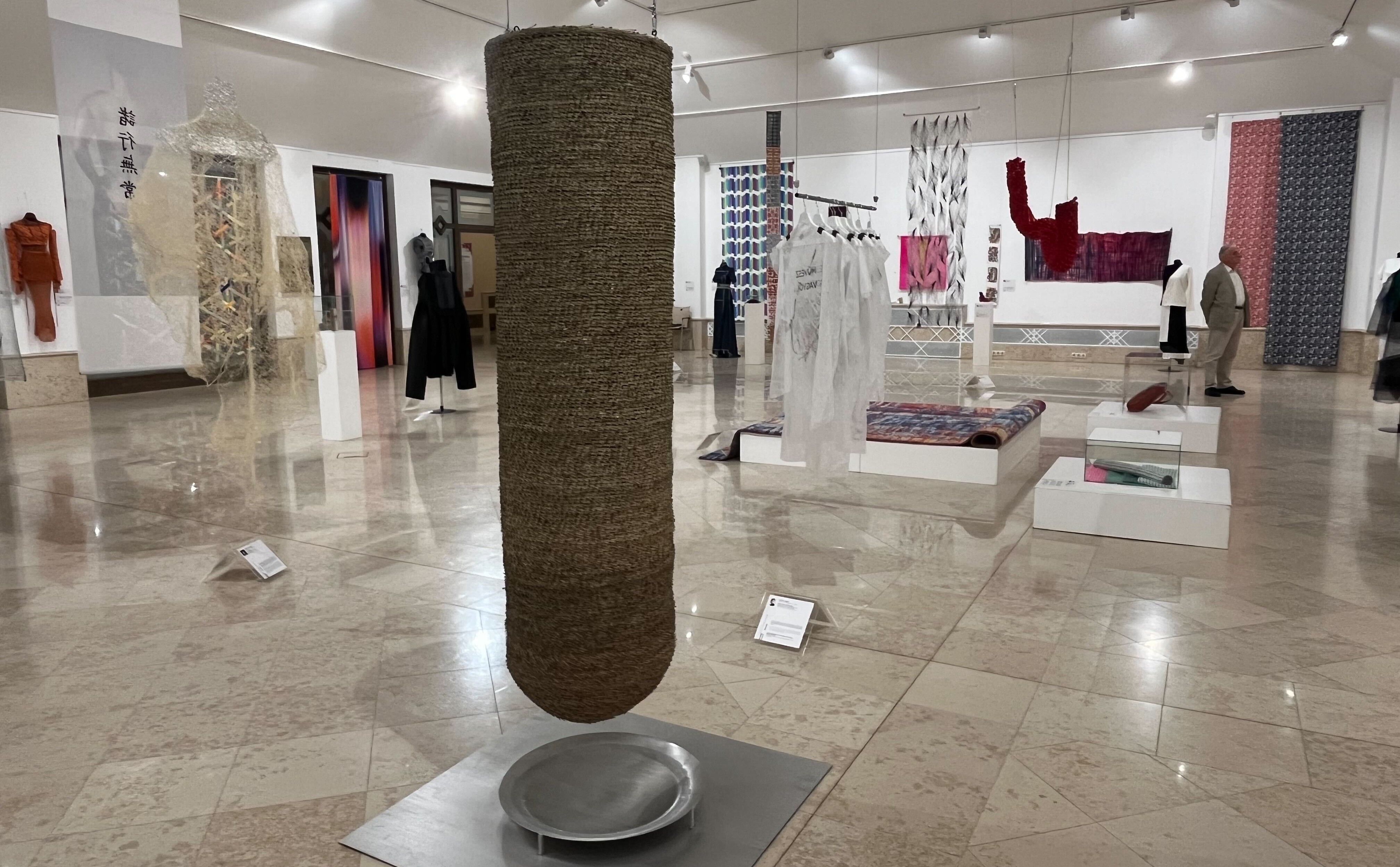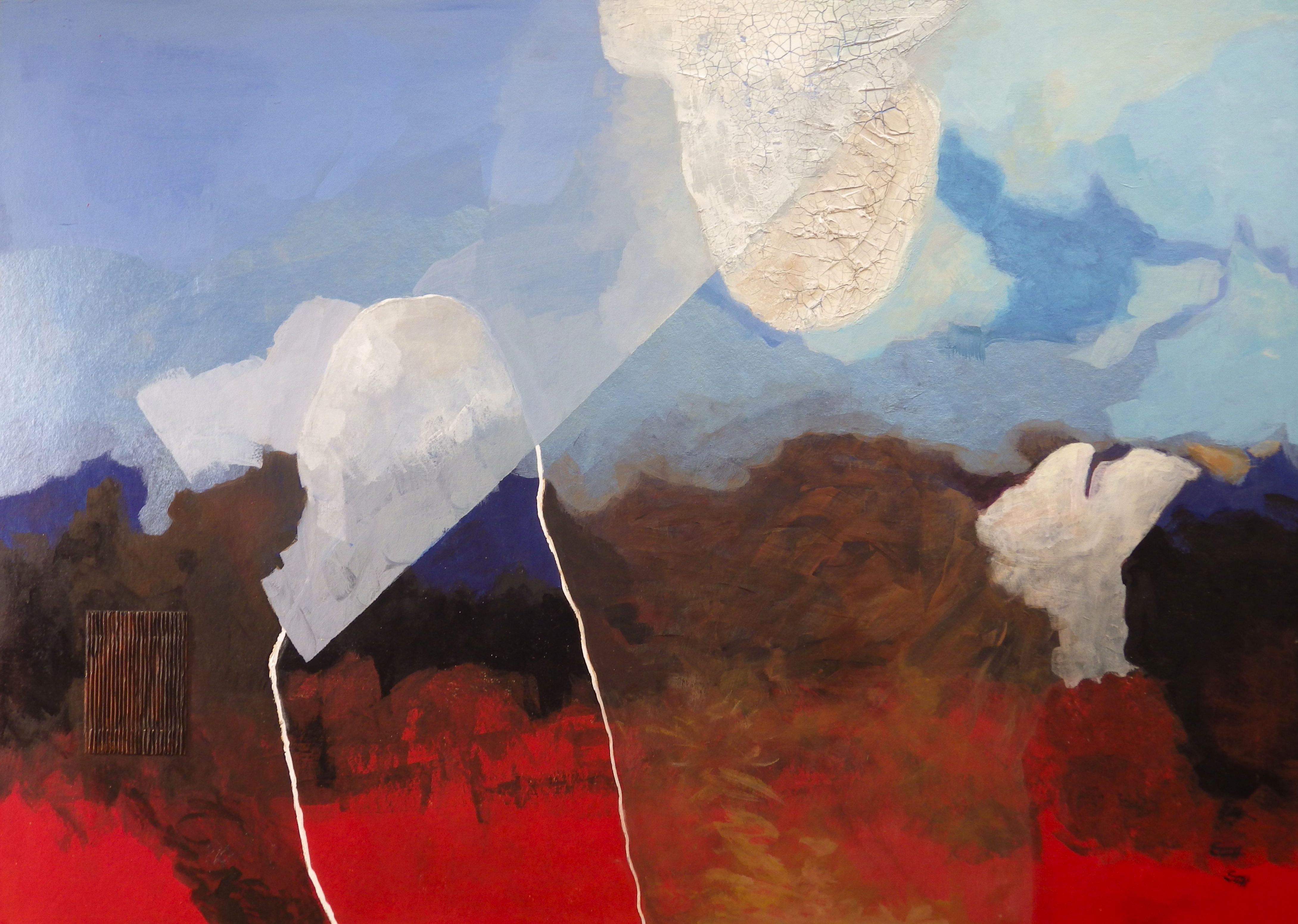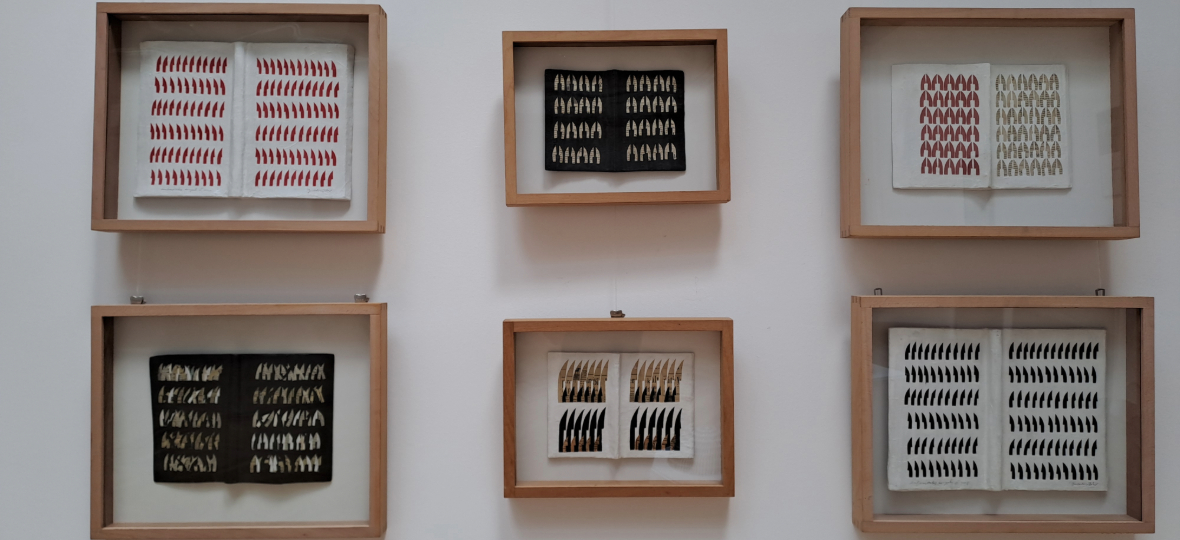
Work of Art in Focus – August 2024
Pesti Vigadó's exhibition halls on the 6th floor currently feature the exhibition "Budaházi 70" until 15th September. Tibor Budaházi was born in 1954 in Remetea Oașului (Kőszegremete) in Transylvania (Romania). The Munkácsy Award winning artist was acknowledged with the award of the Hungarian Academy of Arts' Section of Fine Arts in 2015.
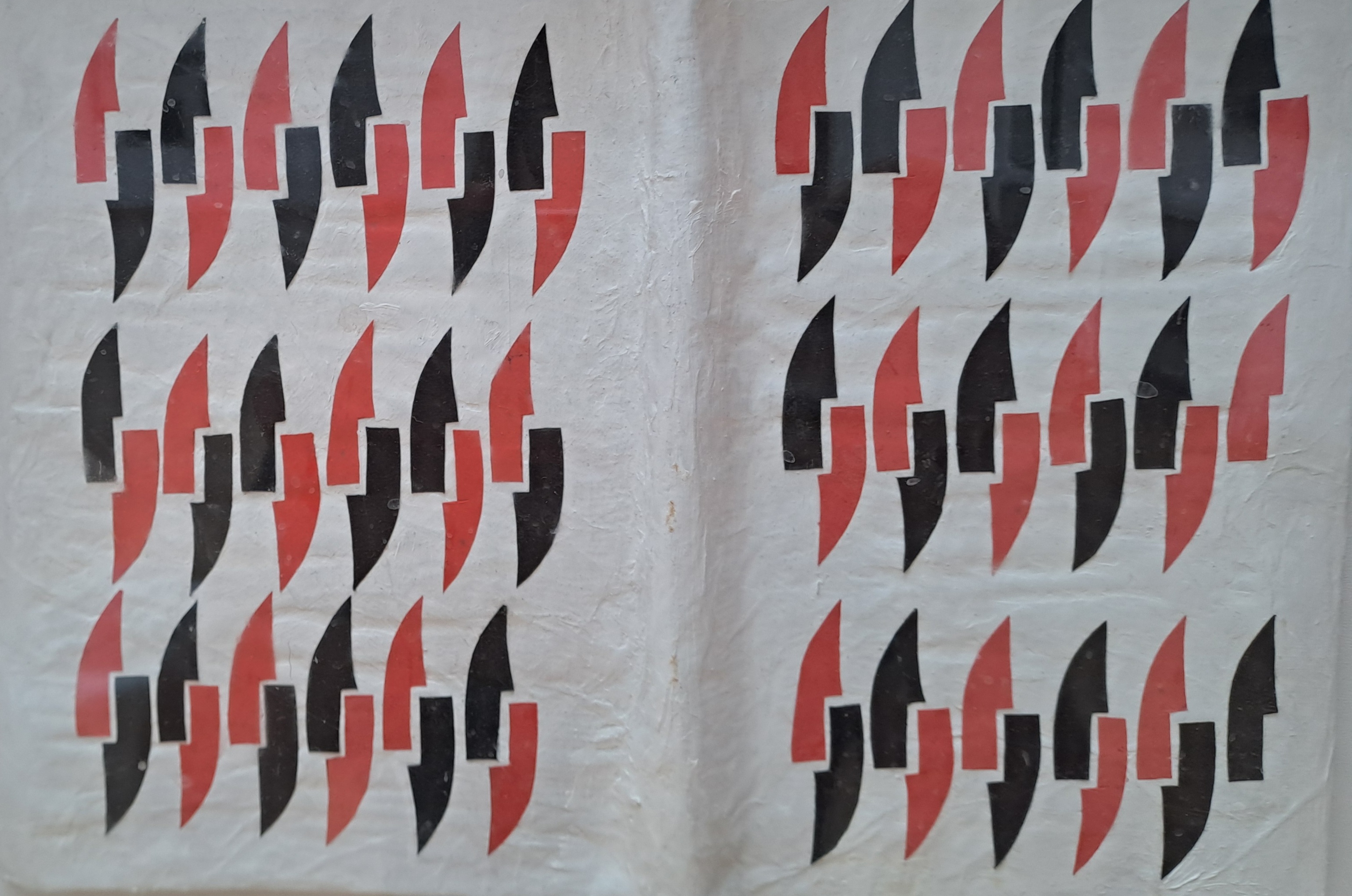 Szatmárcseke Books Series No. I, VII, 2008 / acrylic on paper
Szatmárcseke Books Series No. I, VII, 2008 / acrylic on paper
A good friend of Tibor Budaházi's and the author of the catalogue of his artworks on display at this showcasing Tihamér Novotny characterises the artist as follows:
"If I were to describe him, I would probably say that Tibor Budaházi is perhaps a little more mysterious than usual, and somewhat more secretive and more difficult to decipher than other artists, because he always discloses his personality only to some, but never to a full, extent. One half of his personality is translucent, just like clear water or some glass object, but the other half is pitch dark and is impenetrably black. At the same time, Tibor Budaházi is the kind of artist who offers rich spiritual content and ammunition. He is both open and reserved in terms of his character. And his personality — rushing across open fields and into abyssal valleys — is that of a man who, time and again, is capable of deploying a remarkable amount of physical and spiritual energy to achieve his goals…"
The recurring prayer-like motif of Tibor Budaházi's Szatmárcseke Books Series is modelled on the headstones found in the Europe-wide well-known Szatmárcseke Cemetery (Hungary). This Reformed cemetery is the graveyard where the author of the Hungarian national anthem Ferenc Kölcsey is buried. The cemetery was established in 1776, and it is unique in that it features 1172 special boat-shaped headstones carved from wood. Uniquely enough, already in their lifetime, the people of Szatmárcseke chose the oak tree that would mark their final resting place in cemetery, and dried this selected piece of wood in their gardens to help their relatives organise their funerals. The origin and meaning of the wooden headstones' shape is still a subject of speculation among ethnographers.
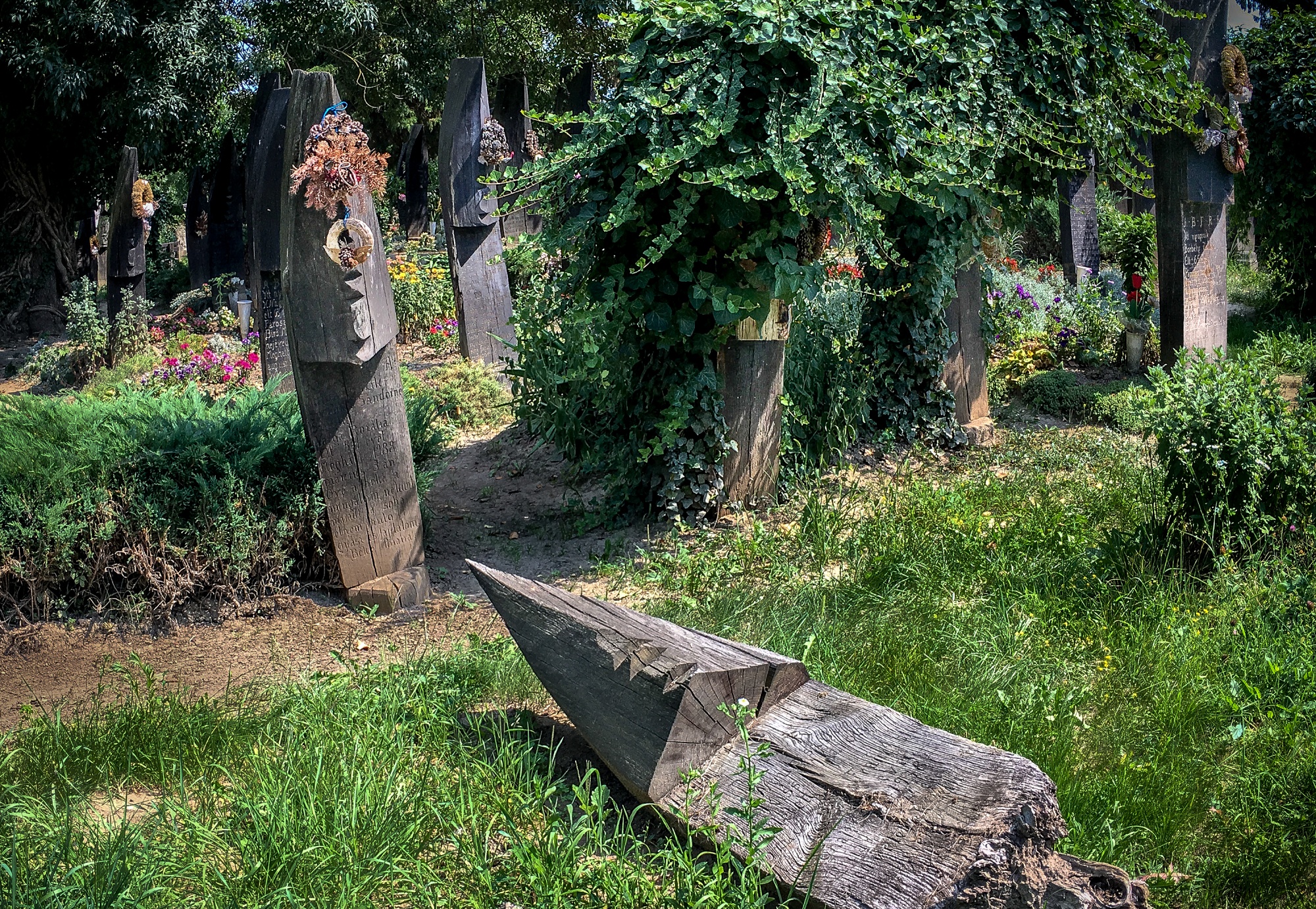 Gravestones of Satu Mare Cemetery
Gravestones of Satu Mare Cemetery
The matching sides of Tibor Budaházi's artworks form vertically rippling streams of symbols. These matching sides appear alternately: sometimes juxtaposed, and at other times reversed while mirroring each other. The colour combinations of red-black, gold-black, red-gold evoke the experience of medieval codices in the beholder. Tibor Budaházi used newspapers to produce these shapes through cutting, and glued the pieces on an open book reminiscent of a relief.
The exhibition, showcased in Pesti Vigadó's exhibition halls located on the 6th floor, is open every day between 10 am and 7 pm.

